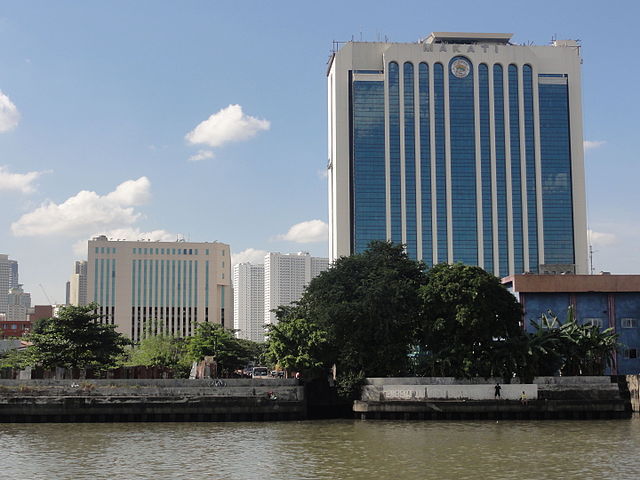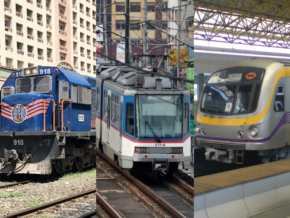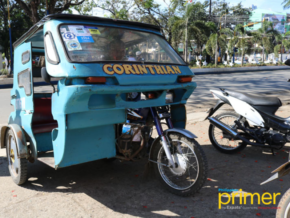Expats’ Guide: Barangays, its officials, and the upcoming election
The Commission on Elections (COMELEC) recently announced that the registration for this year’s Barangay and Sangguniang Kabataan (SK) elections will be held from July 15 to July 30, 2016, including weekends and holidays.
However, most expats still do not have the slightest idea about what a barangay is. Here at Philippine Primer, we’ve taken the liberty of doing the legwork necessary to give you all you need to know about the Philippines’ smallest unit of government:
Brief history
The barangay is, as mentioned, the smallest unit of government in the Philippines. It started off as small communities composed of 50-100 families that existed way before the Spanish ever set foot in our islands. The word barangay comes from the Malay word balangay or sailboat.

FROM SAILBOAT TO GOVERNMENT. This is a depiction of a balangay, the origin of the word barangay. Illustration courtesy of David Paul Laoag via deviantart.
When the Spanish came, these barangays combined to form towns, with a cabeza de barangay (barangay head or chief) as the person in charge. Under the Americans, Rural Councils were established in lieu of barangays.
It was basically the same as the old barangay system, with the village chief being appointed as Barrio Lieutenant and him selecting four councilors. These later evolved into Barrio Councils, with the Barrio Lieutenant and his councilors being elected instead of chosen by the Americans.
The barangay system (then called “barrios”) clearly had a profound effect on local governance that former President Ferdinand Marcos issued two Presidential Decrees (PDs) to strengthen them: PD 86 (which formed the Citizens Assembly), PD 431 (which he used to amend all Barrio-related terms under Republic Act 3590), and PD 557 (which declared all barrios as barangays).
The Barangay Today
The barangay as Filipinos know it today was established when the 1986 EDSA revolution ended. Municipal Councils were re-established, superseding the barangay council and turning them once more into the smallest unit of government.
According to Book III of the Local Government Code of the Philippines, the barangay is the smallest political unit which can be formed if “a contiguous territory… has a population of at least 2,000 inhabitants as certified by the National Statistics office.” Simply put, it’s like the whole country, albeit in a much smaller scale.
The barangay is the primary unit responsible for planning and implementing government policies, plans, programs, projects, and activities within your community. It also acts as a forum where views of the people may be expressed, as well as a venue for settling disputes.
Each barangay has 11 chief officials and offices, namely the Punong Barangay or Barangay Chariman, 7 Sangguniang Barangay (Barangay Council) members or Barangay Councilors, the Sangguniang Kabataan Chairman, a Barangay Secretary and a Barangay Treasurer.
The Barangay Chairman functions as the barangay’s leader, much like the President. He also appoints the Barangay treasurer, secretary, and other appointed officials. He also leads the Barangay Council as its presiding officer.
Barangay Councilors are elected members of the council and are there to help the Barangay Chairman in performing his duties. They act like the Senators of each barangay. The SK Chairman is likewise a member of this council, acting as the representative of the youth sector.
MAKATI CITY HALL. Imagine your barangay as an even smaller version of the city you’re in, including a smaller “city hall”. Photo courtesy of Patrickroque1 via Wikimedia Commons.
2016 Barangay Elections
The Barangay Chairman and councilors are just some of the positions up for grabs when the 2016 Barangay and SK Elections are held this October 31. If you want to do your part and vote, you must fulfill the following criteria:
For the barangay polls
– Filipino
– At least 18 years old on or before election day
– A resident of the Philippines for at least one year
– A resident for at least 6 months of the barangay where you intend to vote
For the Katipunan ng Kabataan (Youth Federation)
– Aged 15-30 years
– A resident of your barangay for at least 6 months by October 31
If you voted during the May 9 elections, you need not register for the barangay elections. If you’re between 18 and 30 years old and have voted in the May 9 elections or will register for the barangay elections in October will be included in the list of voters for the Youth Federation election.
Registration begins on July 15 and ends on July 30, from 8 a.m. to 5 p.m. at your local COMELEC office, which you can find at your respective city hall. This includes weekends as well as holidays that may be declared during that period. You have to register in person since your biometrics (i.e. fingerprint and signature) will be taken.
As far as the qualities you need to look for, it all depends on your preference. Ideally, you should pick people who are best qualified for the job, i.e. those who can lead the community without showing bias towards anyone, no matter how influential they may be.
It’s also best to look at their political platform. Without one, they might just make empty promises.
Source: COMELEC, Rappler, InterAksyon.com, GMA News Online













